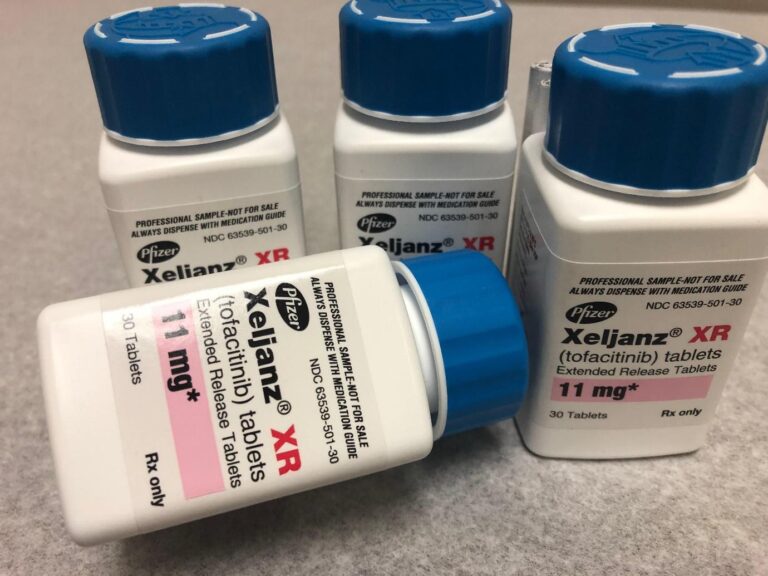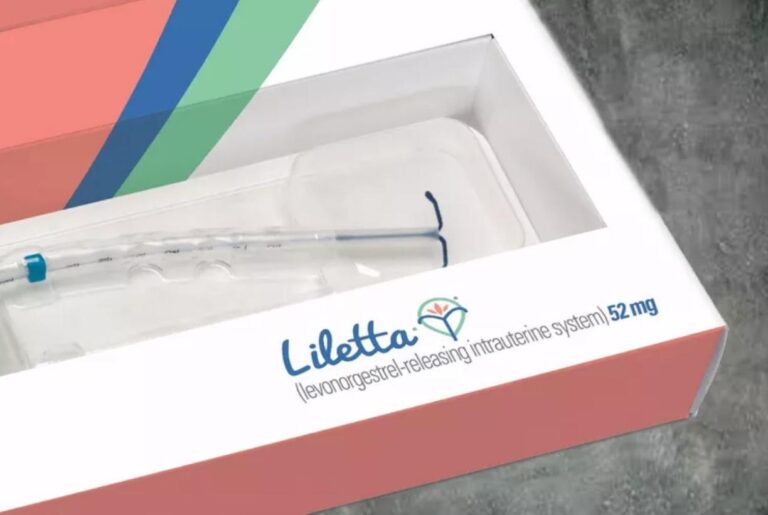Moving into the realm of medical care, many people look for iron infusions such as Injectafer to fix low iron levels. Even though these infusions help many patients, still it’s really important to know about the Injectafer iron infusion side effects.
So, if you’re thinking about using Injectafer to get more iron, it’s vital to understand the risks that come with it. Moreover, knowing these risks can help you and others make smart choices about healthcare. Keep reading for more details!
What Are Iron Infusions?
An iron infusion involves giving your body iron through a needle directly into a vein, a method known as intravenous (IV) infusion. Doctors often suggest this procedure to treat iron deficiency anemia, a condition where your body lacks enough iron.
While dietary changes and iron pills are typical treatments, there are situations when doctors opt for iron infusions. An IV infusion might be necessary if you feel some of the following symptoms.
- You can’t ingest iron through the mouth.
- Your body doesn’t absorb iron well from the gut.
- There’s significant iron loss due to bleeding.
- Quick elevation of iron levels is essential to prevent medical issues or the need for a blood transfusion.
What Is Injectafer Iron Infusion?
Injectafer is a type of IV treatment for low iron in your body, known as iron deficiency anemia (IDA). It’s made to slowly release iron once it’s in your body. This gradual release might lower the chances of certain side effects and help boost your iron levels after only two treatments.
How to Use Injectafer Iron Infusion?
Before starting Injectafer Iron Infusion, take time to read the Patient Information Leaflet from your pharmacist, and review it each time before your treatment. This medicine is injected into a vein by a healthcare professional according to your doctor’s instructions.
Usually, it’s a slow process over several minutes. Another method involves mixing it with saline and giving it through a vein for at least 15 minutes.
The dose you receive depends on factors such as your medical condition, weight, test results, and response to treatment. If you are doing this treatment at home, ask your doctor about the preparation and application steps.
Check the product for particles or color changes before use. If you see any, don’t use them.
The Effectiveness of Injectafer Iron Infusion
According to the Drugs page, Injectafer swiftly and efficiently balances iron levels and often shows symptom improvement within a week. It takes 2 to 3 weeks for the bone marrow to utilize the iron and produce hemoglobin for red blood cells.
Furthermore, studies comparing Injectafer to oral iron found that Injectafer resulted in a more significant rise in hemoglobin levels (1.6 increase from baseline versus 0.8 with oral iron). Around 57% of those using Injectafer achieved hemoglobin levels above 12g/dL by day 35, while only 29% taking oral iron reached this level.
Further assessments focused on improvements in ferritin and TSAT. Individuals on oral iron showed decreased iron stores by day 35. This indicates that iron loss exceeds supplementation (baseline ferritin reduced by 3.83 and baseline TSAT reduced by 5.7%).
On the other hand, people receiving Injectafer showed a substantial rise in starting ferritin levels by 264.21 and starting TSAT levels by 12.99%.
What Are Injectafer Iron Infusion Side Effects?
While using Injectafer, some people may experience mild to serious side effects. Below, we’ll discuss three kinds of side effects that can occur with Injectafer iron infusions.
1. Mild Side Effects
Here’s a brief list of some mild Injectafer Iron Infusion side effects. To learn more about these and other mild effects, consult your doctor, or pharmacist, or check Injectafer’s prescription details. Reported mild side effects of Injectafer include:
- nausea;
- high blood pressure;
- flushing (temporary warmth, redness, or change in skin color);
- dizziness;
- low phosphorus levels without symptoms;
- side effects related to infusion or injection; and
- diarrhea.
Mild side effects from many medications might fade in a few days or weeks. However, if they bother you, discuss them with your doctor or pharmacist.
2. Serious Side Effects
Injectafer rarely leads to serious side effects in a few individuals. However, you must be aware of some serious Injectafer Iron Infusion side effects noted in the drug studies, as follows:
- low blood phosphorus level;
- extremely high blood pressure; and
- severe allergic reaction.
If you experience severe side effects from Injectafer, contact your doctor immediately. Additionally, in case the side effects appear life-threatening or you think you’re having a medical emergency, call 911 or your local emergency number right away.
3. Side Effects In Children
Injectafer is used to boost iron levels in kids aged 1 year and above with iron deficiency anemia (IDA). Many of the side effects in children are similar to those seen in adults, but a few are different.
In studies involving Injectafer, these Injectafer Iron Infusion side effects were more common in children than in adults:
- skin rash;
- headache; and
- vomiting.
Meanwhile, side effects observed in children using Injectafer, which were not seen in adults, include:
- swelling of the nose and throat;
- increased risk of stomach or gut infection;
- reduced platelet levels (cells aiding blood clotting); and
- decreased white blood cell count (cells fighting infections).
How to Manage Injectafer Iron Infusion Side Effects?
Certain Injectafer Iron Infusion adverse effects are manageable. You can apply the following approaches to handle the effects according to their level.
1. Mild Side Effects
For mild reactions like nausea or headaches, over-the-counter medications recommended by your doctor might help alleviate symptoms. Adequate rest and hydration can also aid in recovery.
2. Severe Side Effects
If experiencing severe side effects such as an allergic reaction, extremely high blood pressure, or other serious symptoms, seek immediate medical attention by calling emergency services or contacting your healthcare provider.
3. Follow up with Healthcare Provider
The last step is to inform your healthcare provider about any side effects you experience. They can provide guidance, adjust treatment if needed, or recommend alternative options.
Could Injectafer Iron Infusion Utilization Be Safer?
Some Injectafer Iron Infusion side effects might be easy to handle, others could be serious and need quick care. You can properly prevent and manage this by keeping yourself informed and talking openly about your condition, as suggested by Injectafer, with your healthcare provider.
By staying watchful, recognizing the signs, and reaching out to medical experts when necessary, you can hopefully ensure your experience with Injectafer is way safer than before!



